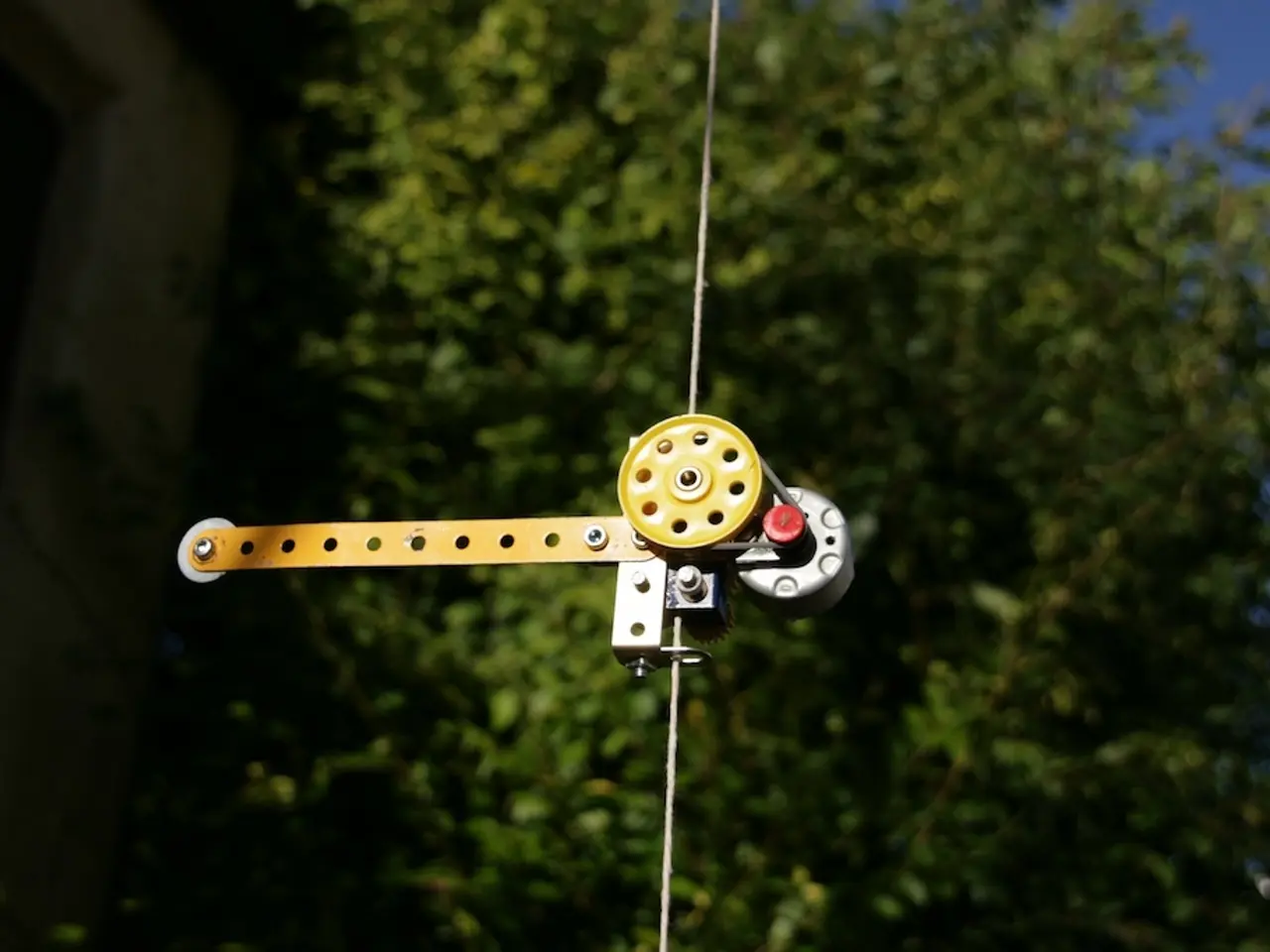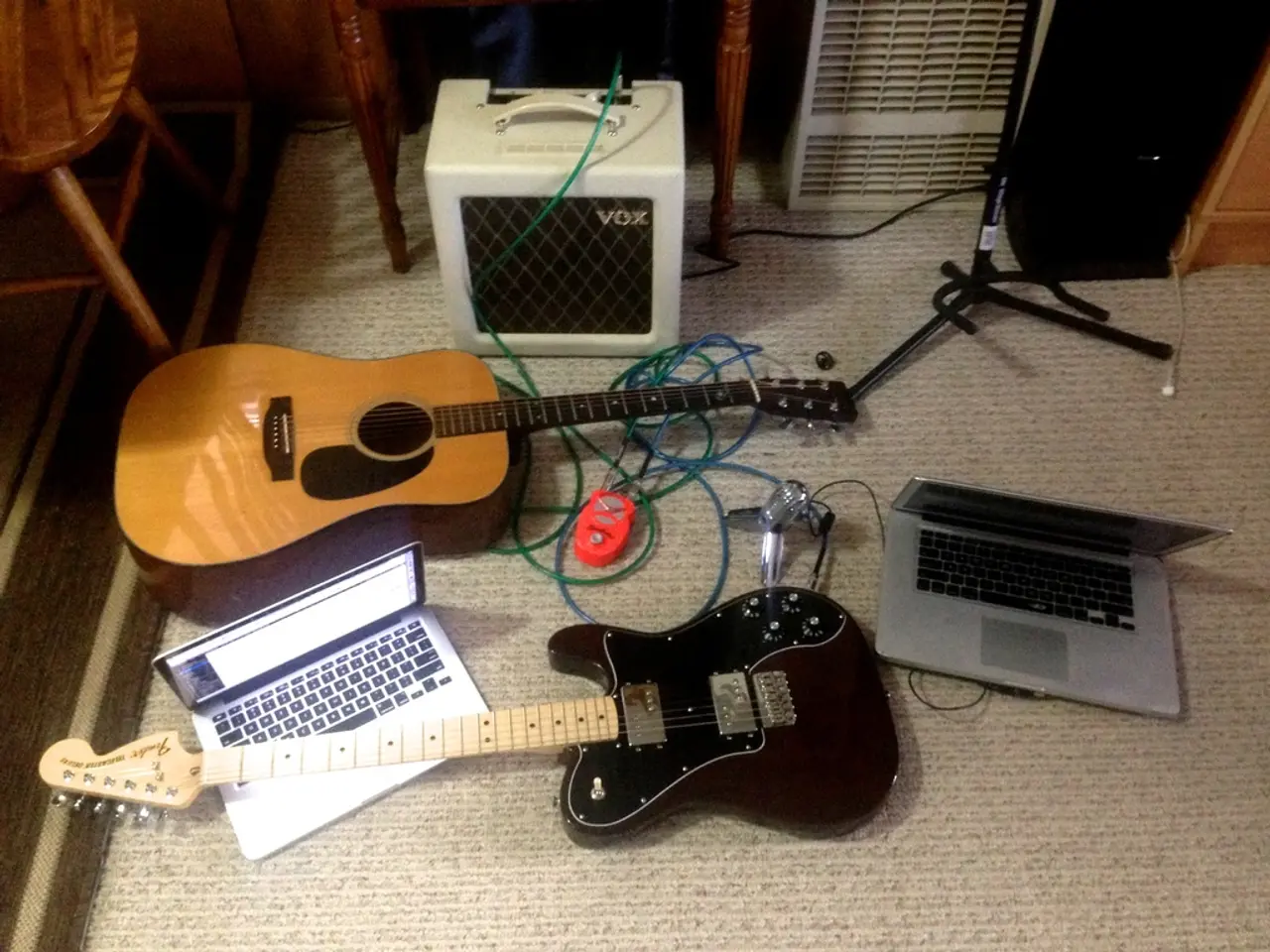Audio Mixing Techniques: Unveiling the Key to a Wide Sound
In the world of music production, reverb plays a crucial role in shaping the soundscape of a track. Here's a breakdown of best practices for using reverb effectively, focusing on choosing the right reverb type, adjusting key parameters, and employing techniques for a cohesive and engaging mix.
Choosing the Right Reverb Type
Experimenting with different reverb types can add depth and interest to your mix. Some popular options include:
- Room Reverb: Subtle and natural, ideal for adding realism to real instruments and acoustic sources.
- Hall Reverb: Lush and expansive, suited for vocals and orchestral instruments or to emulate larger performance spaces.
- Plate Reverb: Smooth and bright, commonly used for vocals and snare drums to add shine and presence.
- Spring Reverb: Characterful and vintage-sounding, frequently used in guitar and retro-style mixes.
- Chamber Reverb: Simulates large reflective spaces, good for a vintage or classic feel often heard in orchestral or live recordings.
Combining different reverb types can create a unique sonic landscape [1][4].
Parameter Adjustments
Carefully adjusting reverb parameters can ensure that the effect complements the rhythm rather than muddying it.
- Decay Time: Should match the tempo and style; faster or busier tracks benefit from shorter decay times to avoid muddiness, while slower songs can use longer decays for spaciousness.
- Pre-Delay: Adding a short pre-delay (around 20-80 ms) helps keep the original source clear before the reverb's tail, particularly effective on vocals to preserve intelligibility and impact.
- EQ and Compression on Reverb: Using EQ to shape the reverb tone (e.g., cutting low-end rumble or harsh highs) and compression with slow attack and fast release can make the reverb tail breathe and swell naturally [1][3].
Techniques for Application
Applying reverb thoughtfully can create a cohesive and dynamic mix.
- Use send/return channels to route multiple tracks to a single reverb bus rather than applying separate reverbs on each track. This conserves CPU power and creates a unified spatial effect, making the mix sound more coherent.
- Use multiple reverbs thoughtfully to place some instruments "up close" with minimal reverb (short decay or dry signal) and others further "back" with more or longer reverb, depending on the genre and emotional space desired.
- For genres with a lot of synthetic sounds or busy instrumentation (e.g., electronic, rap), shorter reverbs or less reverb use is typical, while acoustic-based genres (e.g., bluegrass) may benefit from consistent reverb spaces to unify instruments [1][2][3].
Genre and Instrument Considerations
Different genres and instruments require specific reverb settings to achieve the desired sound.
- Vocals: Often use plate or hall reverbs with pre-delay and moderate decay to maintain clarity and presence.
- Drums: Snare drums suit plate reverbs; toms and drums can benefit from room or convolution reverbs for natural ambiance.
- Guitars: Spring reverbs work well on electric guitars for vintage tones, while room or hall reverbs suit acoustic guitars.
- Orchestral instruments: Large hall or chamber reverbs emulate concert hall spaces, providing realistic and traditional ambiance.
- Adjust reverb parameters depending on tempo and arrangement density to avoid washing out important rhythmic or melodic details [1][2][4].
In summary, the best practice is to start with dry tracks, add reverb selectively, tailor reverb types and parameters to the material and intended atmosphere, and use sends to create a controlled and musically appropriate spatial environment that supports the genre and instruments involved.
[1] Blog Post 1
[2] Blog Post 2
[3] Blog Post 3
[4] Blog Post 4
- In the realm of music production, using different reverb types like room, hall, plate, spring, and chamber can add depth and variety to a mix.
- When adjusting reverb parameters, the decay time should match the tempo and style of the track, with faster tracks utilizing shorter decay times and slower songs employing longer decays.
- In addition to decay time, pre-delay, EQ, and compression on reverb can refine the reverb effect, making it complement rather than muddle the rhythm.
- To create a cohesive and dynamic mix in a home studio, employ techniques such as routing multiple tracks to a single reverb bus using send/return channels, and strategically applying varying amounts of reverb to different instruments.
- The types and amounts of reverb used can vary depending on the genre and instrument, with vocals often employing plate or hall reverbs, drums using plate reverbs for snare and room or convolution reverbs for toms, electric guitars benefiting from spring reverbs, and acoustic guitars responding well to room or hall reverbs.
- For optimal results, music enthusiasts in the entertainment industry should research reverb techniques, genre and instrument specifications, and embrace the latest technology in music production to craft the perfect reverb-enhanced soundscape.



